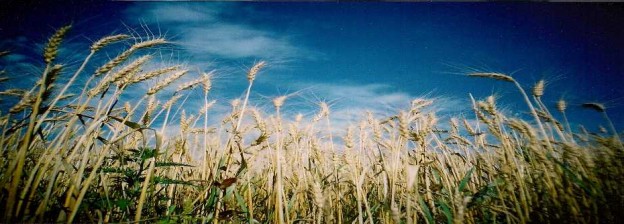Benefits of Straw Bale
Ecological
Enough straw is produced in North America to satisfy all of our residential building needs. Straw offers an alternative and sustainable means to house our growing population while diminishing our impact on forests.
Energy Efficient
Testing has shown the insulating performance of straw bale walls to be between R35 and R50, or roughly twice to three times the real life performance of typical frame wall systems. This significantly reduces heating and cooling bills and the life-cycle cost of a straw bale home.
Affordable
By doubling as structure and insulation, a straw bale wall system reduces material costs. Most conventional wall systems require specialized tools and specialized skills to build whereas the simplicity of straw bale building permits the do-it-yourselfer to significantly reduce the labour component cost to a new building.
Healthy
Organically grown straw and earthen or cement-lime based plasters provide a potential solution for the health-threatening paints, glues and toxins embedded in manufactured building materials. Straw bale homes have been built and praised by asthma and allergy sufferers and individuals with acute environmental sensitivities.
Ideal for the do-it-yourselfer
Straw bale building permits the average person to actively take part in creating their home and incorporating their own ideas and values into the process. A large number of women are managing their own straw bale projects. It’s proving to be an equal opportunity material!
Architectural beauty
Straw bale building is easily adapted to suit traditional designs. It also allows for new and creative custom designs. Sweeping curves, rounded edges, deep sills and built-in window benches are just some of the features commonly seen in straw bale homes. It makes for a unique aesthetic to every building.
Community Involvement
Like old fashioned “barn raisings”, straw building is ideal for bringing together friends, family, neighbours and colleagues for a straw bale wall raising party. It is equally ideal for groups requiring community centres, churches, garden sheds, picnic shelters or other buildings that can be financed and built by that same community.

